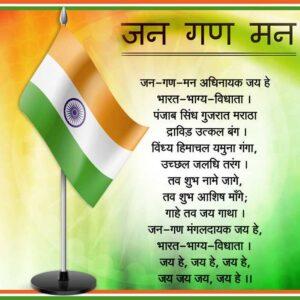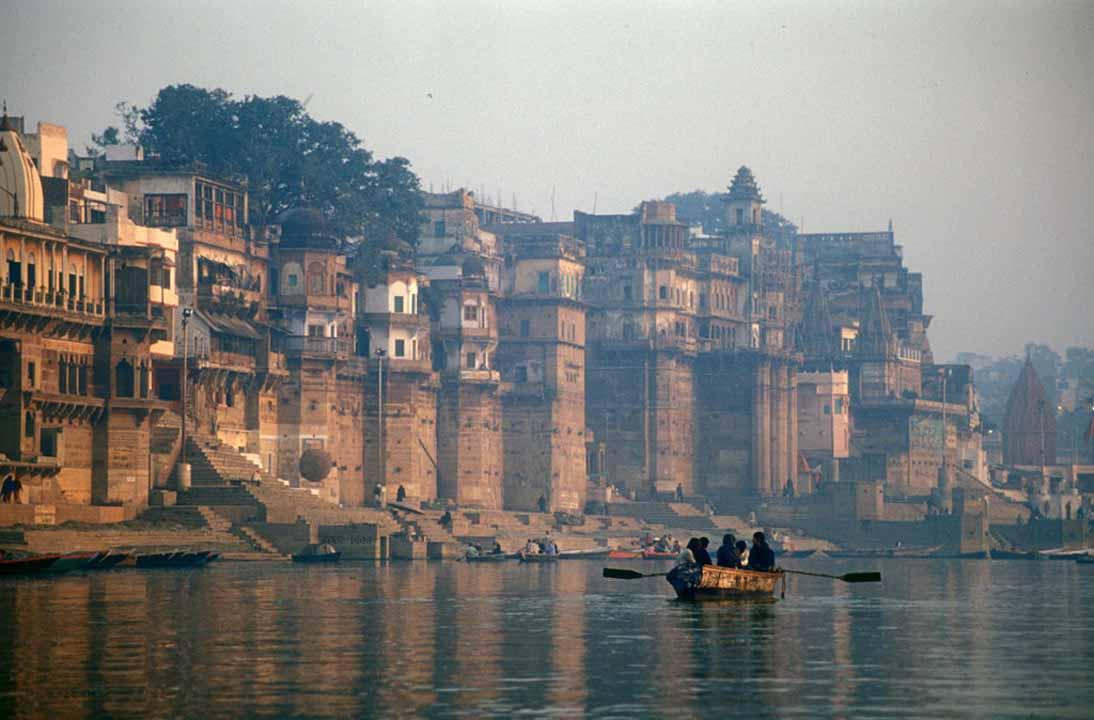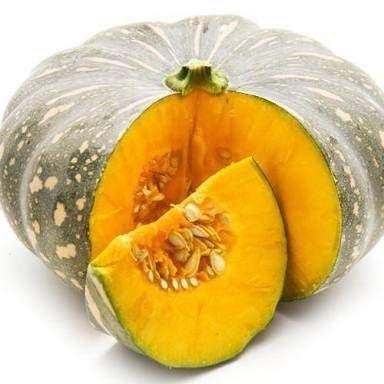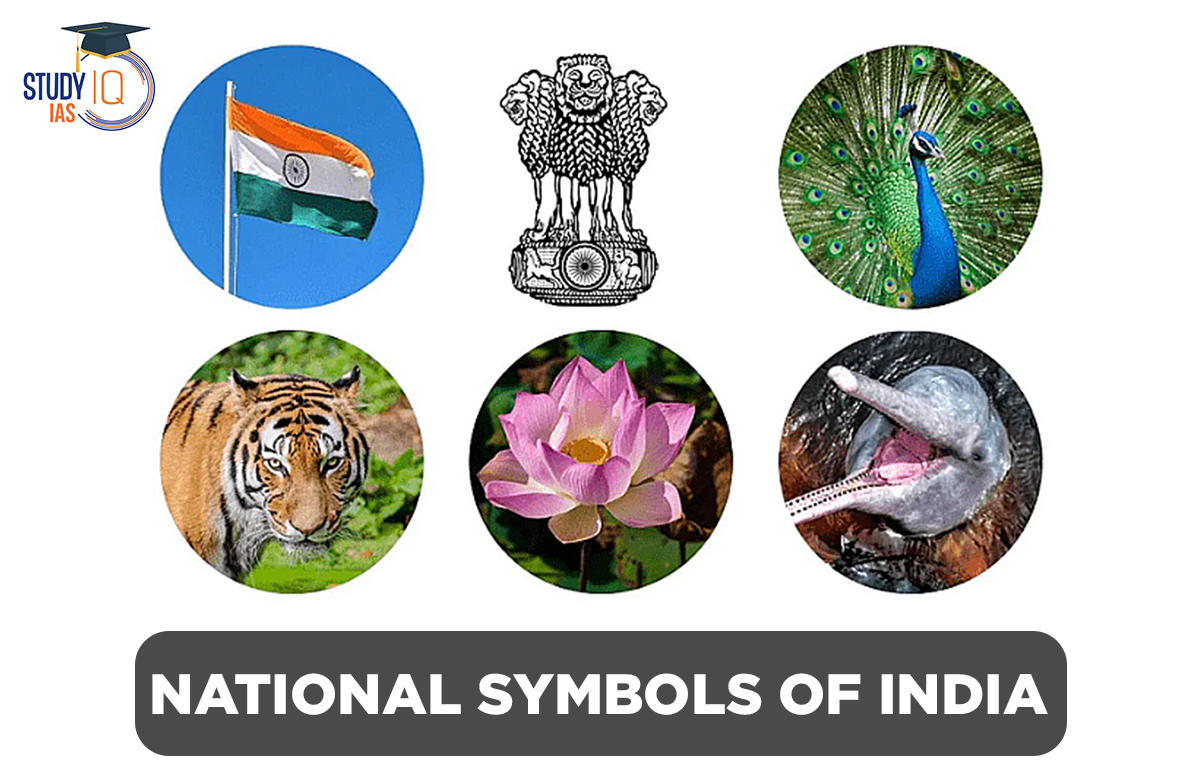Table of Contents
National Symbols of India: Our nation’s heritage and pride are represented by its symbols. These 17 national symbols of India symbolize the culture and tradition of the country, which we Indians spread around the globe. National Symbols of India are also required since they are of national significance and must be known by all citizens. The importance of the 17 National Symbols of India will be discussed in this article.
List of National Symbols of India 2024
The table below lists 17 National Symbols of India with names. There are a number of national symbols in India, each with a unique meaning, but one has been picked to represent the country and inspire pride. Here’s a complete List of 17 National Symbols of India 2023:
|
List of National Symbols of India |
||
| S. No. |
Title |
National Symbol |
| 1 | National Flag | Tiranga |
| 2 | National Emblem | National Emblem of India |
| 3 | National Currency | Indian Rupees |
| 4 | National Calendar | Saka Calendar |
| 5 | Oath of Allegiance | National Pledge |
| 6 | National River | Ganga |
| 7 | National Heritage Animal | Indian Elephant |
| 8 | National Animal | Royal Bengal Tiger |
| 9 | National Bird | Indian Peacock |
| 10 | National Tree | Indian Banyan |
| 11 | National Song | Vande Mataram |
| 12 | National Anthem | Jana Gana Mana |
| 13 | National Reptile | King Cobra |
| 14 | National Aquatic Animal | Ganges River Dolphin |
| 15 | National Vegetable | Pumpkin |
| 16 | National Fruit | Mango |
| 17 | National Flower | Lotus |
Read about: States and Capitals of India
Details About 17 National Symbols of India
You can check out the 17 National Symbols of India below with detailed explanation
1. National Animal of India
The Tiger, Panthera Tigris (Linnaeus), is well recognized for his royal grace, prodigious grandeur, and tremendous strength. Eight native species of tigers may be found in India, which is home to more than half of the world’s tiger population.

2. National Emblem of India (State Emblem of India)
Four lions are pictured on the summit of an Ashokan pillar at Sarnath, near Varanasi, in the Uttar Pradesh state. Its base has the Dharma Chakra, also known as the Wheel of Law, with carvings of an elephant, a horse, a bull, and a lion spaced apart by intervening wheels over a bell-shaped lotus. The Indian Government designated this symbol as its National Emblem of India on January 26, 1950.

3. National Flag of India
The Hindi word “Tiranga” which translates to “containing three colours,” is used to describe the national flag of India. This multicoloured flag represents India’s freedom and sovereignty and features a wheel of law in the centre.

4. National Anthem of India
The song “Jana-gana-mana” has five stanzas, all of which were written by renowned Indian poet and Nobel laureate Rabindranath Tagore. It was performed for the first time on December 27, 1911, in Calcutta during a meeting of the Indian National Congress in then-colonial India. Check here the complete history of the National Anthem of India and related code of conduct.

5. National Currency of India
The national currency of India is the rupee or INR. Currency circulation is monitored by the Reserve Bank of India. The Indian rupee was created by Udayakumar Dharmalingam.

6. National Calendar of India
Saka Calendar is the national calendar; it signifies the history of the country and symbolizes the golden era of India.
| National Calendar (Saka Calendar) | |
| Months | Dates |
| Chaitra | 21st March – 20th April |
| Vaishakha | 21st April – 21st May |
| Jyeshtha | 22nd May – 21st June |
| Ashadha | 22nd June – 22nd July |
| Shravana | 23rd July – 22nd August |
| Bhadra | 22nd August – 22nd September |
| Became | 23rd September – 22nd October |
| Kartika | 23rd October – 21st November |
| Agrahayana | 22nd November – 21st December |
| Pausha | 22nd December – 20th January |
| Magha | 21st January – 19th February |
| Phalguna | 20th February – 20th/21st March |
7. National Pledge (Oath of Allegiance of India)
Oath of Allegiance is the national pledge of India. The nation is kept peaceful, united, and brotherly by the national anthem. Here, we talk about the National Pledge, which every Indian youngster swears to uphold throughout their time in school. The National Integration Vow, which emphasizes the fundamental obligations to uphold peace, unity, and brotherhood in our enormous nation, as well as the pledge mentioned in the Preamble of the Indian Constitution, will also be mentioned.
8. National Bird of India
The Indian Peacock has earned the honour of serving as the country with the largest democracy in the world national bird. Pavo cristatus is the scientific name for the species. Peacocks have long been a part of Indian mythology and a symbol of monarchy and divinity because of their grace, pride, spirituality, and beauty.

9. National Flower of India
The national flower of India is Lotus also known as Nelumbo nucifera. In Indian Culture it is an aquatic herb that is often termed as ‘Padma’ in Sanskrit and enjoys a sacred status. It symbolizes spirituality, fruitfulness, wealth, knowledge, and illumination, along with purity of heart and mind.

10. National Fruit of India
Indians have long referred to ripe, meaty mangoes as the King of all fruits, and they are undoubtedly delicious. Spiced pickles, a staple of Indian cuisine, can be made from raw ones. Mangoes are the most widely cultivated fruits in the tropical world and are native to India. They are members of the Mangifera indica species.

11. National Sport of India
India does not have any national games officially. Hockey, kabaddi and cricket are sometimes incorrectly given the title of the national Game of India. The Indian hockey team reached its pinnacle between 1928 and 1956, winning all six of those years’ consecutive Olympic gold medals. Check here Is the Hockey National Game of India or not?
12. National Song of India
“Vande Mataram” was written by Bankim Chandra Chatterjee for his Bengali book “Anand Math.” The song, which was bursting with patriotic passion and admiration for the motherland, quickly became a favourite among the era’s independence warriors.

13. National Tree of India
The Banyan tree, Ficus bengalensis, is India’s national tree. The Banyan, a member of the fig family, spread over a broad region, takes root, and continues to live and regenerate for thousands of years.

14. National Heritage Animal of India
The Indian Elephant is the country’s national heritage animal. The elephants are on the verge of being extinct therefore the protective major was taken and the Indian Elephant was declared a national heritage animal.

15. National Aquatic Animal of India
Due to a decline in dolphin populations over the previous few years, the Ganges River dolphin is recognized as the country’s official aquatic animal. As a result, it was designated as the national aquatic animal to protect them.

16. National River of India
The National River of India is the Ganga River, also known as the Ganges. It was officially declared as the National River on November 4, 2008, by the then Prime Minister of India, Manmohan Singh.

17. National Reptile of India
The National Reptile of India is the King Cobra (Ophiophagus hannah). It is the longest venomous snake in the world, reaching lengths of up to 19 feet (5.7 meters). King cobras are found in the forests of India and Southeast Asia. They are solitary animals and feed primarily on other snakes, including other venomous species.
National Vegetable of India
The national vegetable of India is the Indian pumpkin, popularly called kadduin Hindi. It’s a versatile gourd that grows throughout the country and thrives in various climates.

Significance of National Symbols of India
National symbols are important because they represent a country’s identity, values, and history. They can also be a source of national pride and unity. India has several national symbols, including the national flag, national emblem, national flower, national bird, national animal, and national tree.
- These symbols represent the country’s rich culture, history, and values.
- National symbols are an important part of India’s national identity. They help to unite the Indian people and to promote the country’s culture and values around the world.
- In addition to their symbolic significance, national symbols can also play a practical role. For example, the national flag is used to identify Indian ships and aircraft. The national emblem is used on official government documents and seals. The national flower, bird, animal, and tree are used to promote Indian tourism and culture.
National Symbols play a significant role in fostering a sense of unity, patriotism, and national pride among the citizens. These symbols often evoke emotional and cultural connections, and they can be found in various forms, such as emblems, flags, anthems, and animals.
The National Symbol of India has been deliberately chosen to present the country in the most positive light. While the lotus, India’s national flower, represents spirituality and the purity of the heart and mind, the tiger, the country’s national animal, represents power, bravery, and courage. The Peacock is India’s National Bird due to its royal grace and unsurpassed natural beauty, while the Banyan tree was named the country’s National Tree due to its immortality.


 Kargil Vijay Diwas 2024, Date, History a...
Kargil Vijay Diwas 2024, Date, History a...
 List of Neighbouring Countries of India ...
List of Neighbouring Countries of India ...
 Halal-Certified Products, Definition, Li...
Halal-Certified Products, Definition, Li...

















